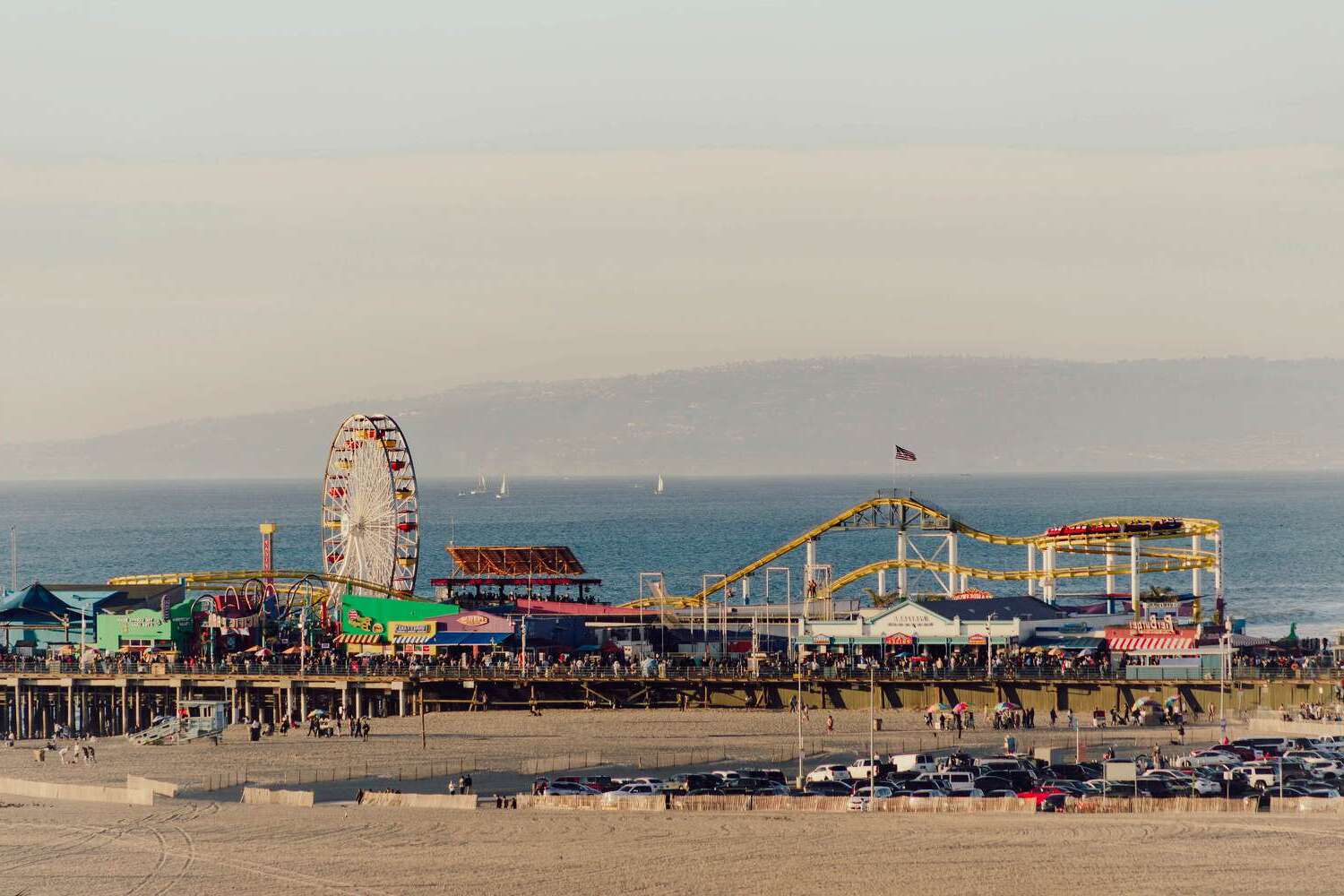Hidden Seismic Hot Spots Of California

California is famous for its sunny beaches, Hollywood glitz, and tech innovation. But did you know it's also a seismic hot spot? This state sits on the Pacific Ring of Fire, making it one of the most earthquake-prone areas in the world. While most people know about the San Andreas Fault, many other lesser-known faults crisscross the region. These hidden seismic zones can cause significant quakes, impacting both locals and tourists. Understanding these areas can help you stay safe while exploring the Golden State. Ready to learn more about California's hidden seismic hot spots? Let's dive in!
Uncovering California's Seismic Secrets
California is famous for its earthquakes, but some places are less known for their seismic activity. These hidden hot spots offer a unique glimpse into the state's dynamic geology. Let's explore some of these fascinating locations.
Northern California's Seismic Surprises
Northern California is home to several lesser-known seismic hot spots. These areas may not make headlines, but they play a crucial role in the state's geological landscape.
Cape Mendocino
Located where three tectonic plates meet, Cape Mendocino is a seismic powerhouse. This area experiences frequent tremors due to the complex interactions between the Pacific, North American, and Gorda plates.Eureka
Eureka sits near the Mendocino Triple Junction, making it prone to earthquakes. The town's historic architecture adds a unique charm, even as it faces the challenges of seismic activity.Willits
Nestled in the heart of Mendocino County, Willits lies along the Maacama Fault. This fault is part of the larger San Andreas Fault system, contributing to the region's seismic activity.
Central California's Hidden Faults
Central California may not be as famous for earthquakes as its southern counterpart, but it has its share of seismic hot spots. These areas reveal the hidden forces shaping the state's landscape.
Parkfield
Known as the "Earthquake Capital of the World," Parkfield experiences regular tremors. Scientists study this area closely to understand earthquake patterns and predict future events.Coalinga
Coalinga gained attention after a significant earthquake in 1983. The town's location near the San Andreas Fault makes it a key area for seismic research.Hollister
Hollister is famous for its "creeping" fault, where the ground slowly shifts over time. This unique movement provides valuable insights into fault behavior and earthquake prediction.
Southern California's Lesser-Known Quake Zones
Southern California is synonymous with earthquakes, but some areas fly under the radar. These hidden hot spots offer a deeper understanding of the region's seismic activity.
Ojai
Nestled in a picturesque valley, Ojai sits near the Ventura Fault. This fault has the potential to produce significant earthquakes, making it an important area for seismic monitoring.Palmdale
Palmdale lies along the San Andreas Fault, but it's often overshadowed by nearby Los Angeles. The town's location makes it a critical area for studying fault dynamics.Borrego Springs
Borrego Springs is located near the San Jacinto Fault, one of the most active faults in Southern California. The area's frequent tremors provide valuable data for earthquake research.
Eastern California's Seismic Mysteries
Eastern California may not be as densely populated, but it has its own seismic hot spots. These areas offer a glimpse into the state's diverse geological activity.
Bishop
Bishop is situated near the Owens Valley Fault, which has a history of significant earthquakes. The town's stunning natural beauty contrasts with its seismic potential.Mammoth Lakes
Mammoth Lakes is known for its volcanic activity, but it also experiences earthquakes. The Long Valley Caldera, a massive volcanic crater, contributes to the area's seismic activity.Ridgecrest
Ridgecrest gained attention after a series of powerful earthquakes in 2019. The town's location near the Eastern California Shear Zone makes it a key area for seismic study.
Discovering California's Seismic Secrets
California's seismic hot spots offer more than just a glimpse into the earth's movements. They provide a unique opportunity to understand the geological forces shaping our world. From the famous San Andreas Fault to lesser-known areas like the Hayward Fault, each location tells a story of natural power and resilience. Exploring these sites not only educates but also prepares us for future earthquakes. Whether you're a geology enthusiast or just curious about the earth's dynamics, visiting these hot spots can be both enlightening and thrilling. Remember, while these areas are fascinating, safety should always be a priority. Equip yourself with knowledge, stay informed about seismic activity, and respect the power of nature. California's seismic secrets are waiting to be uncovered, offering a deeper appreciation for the forces that shape our planet.

